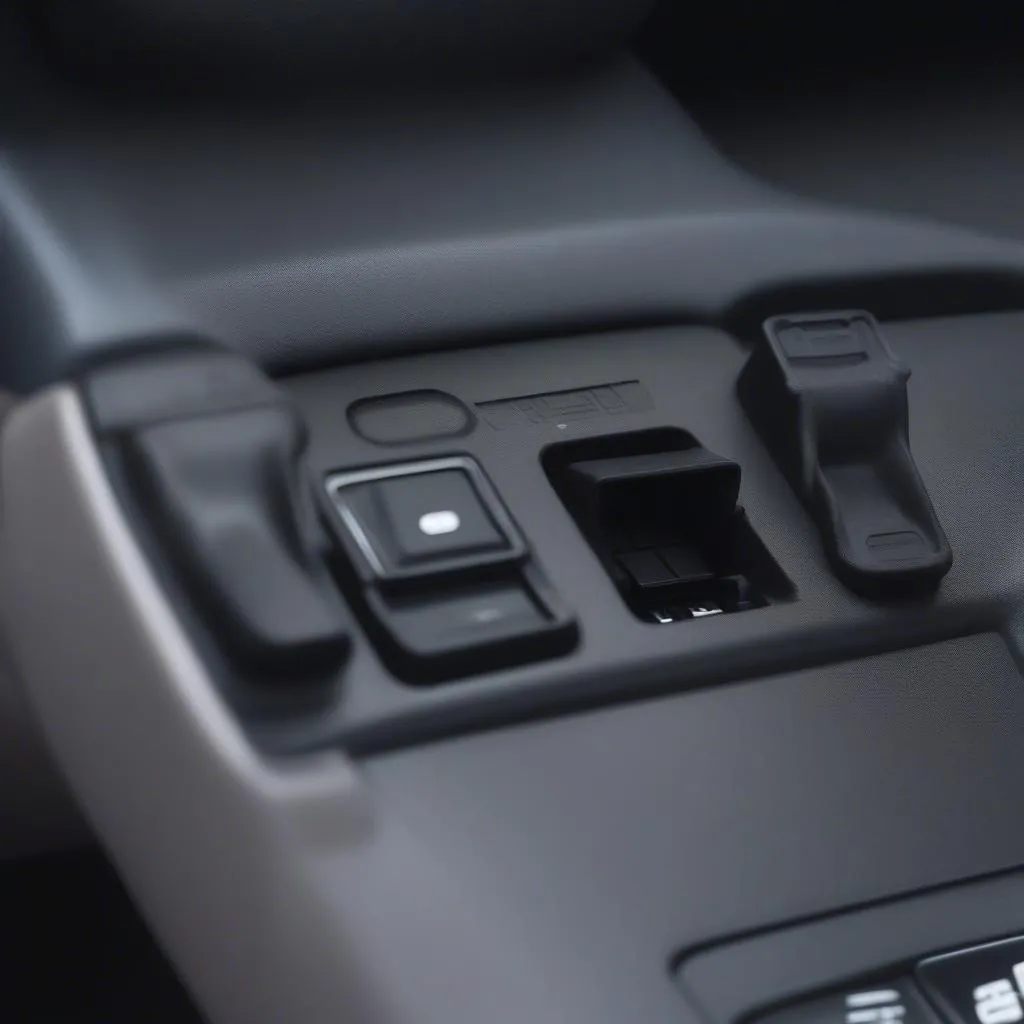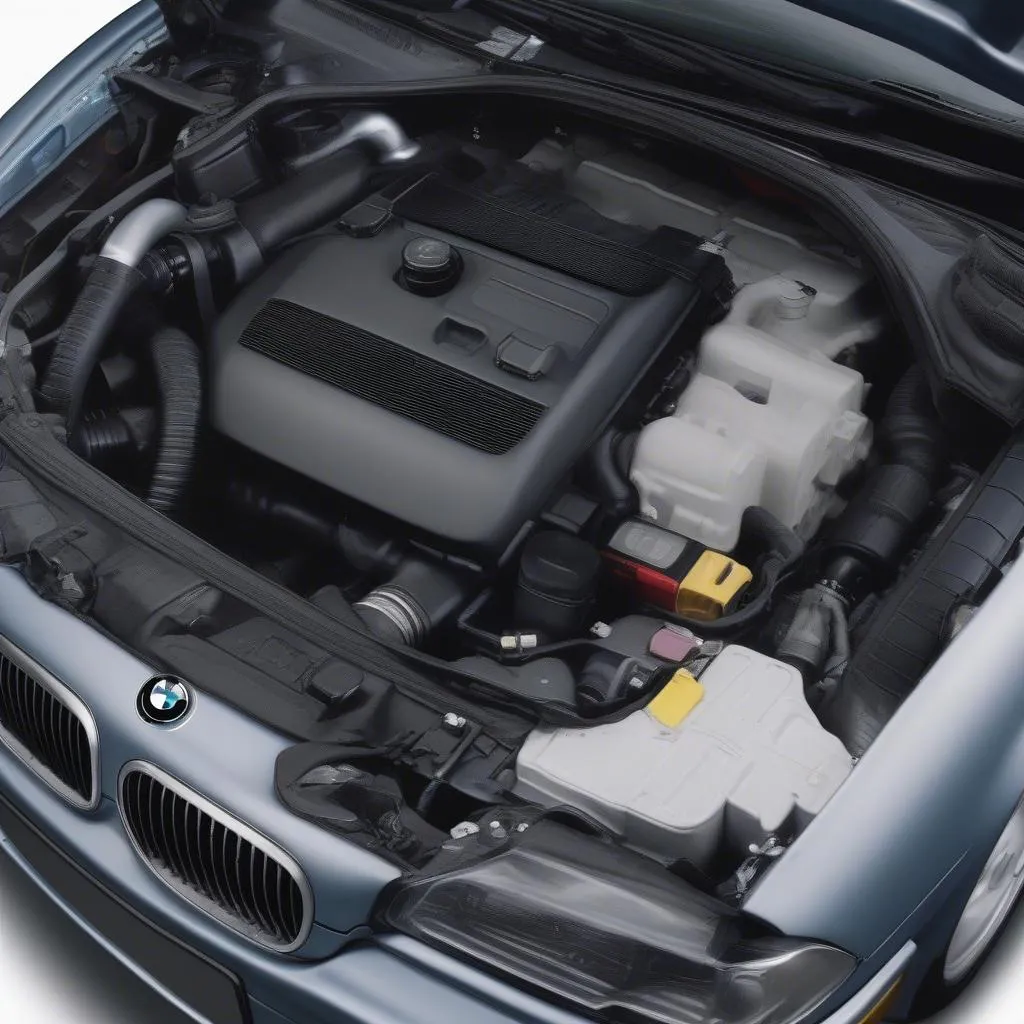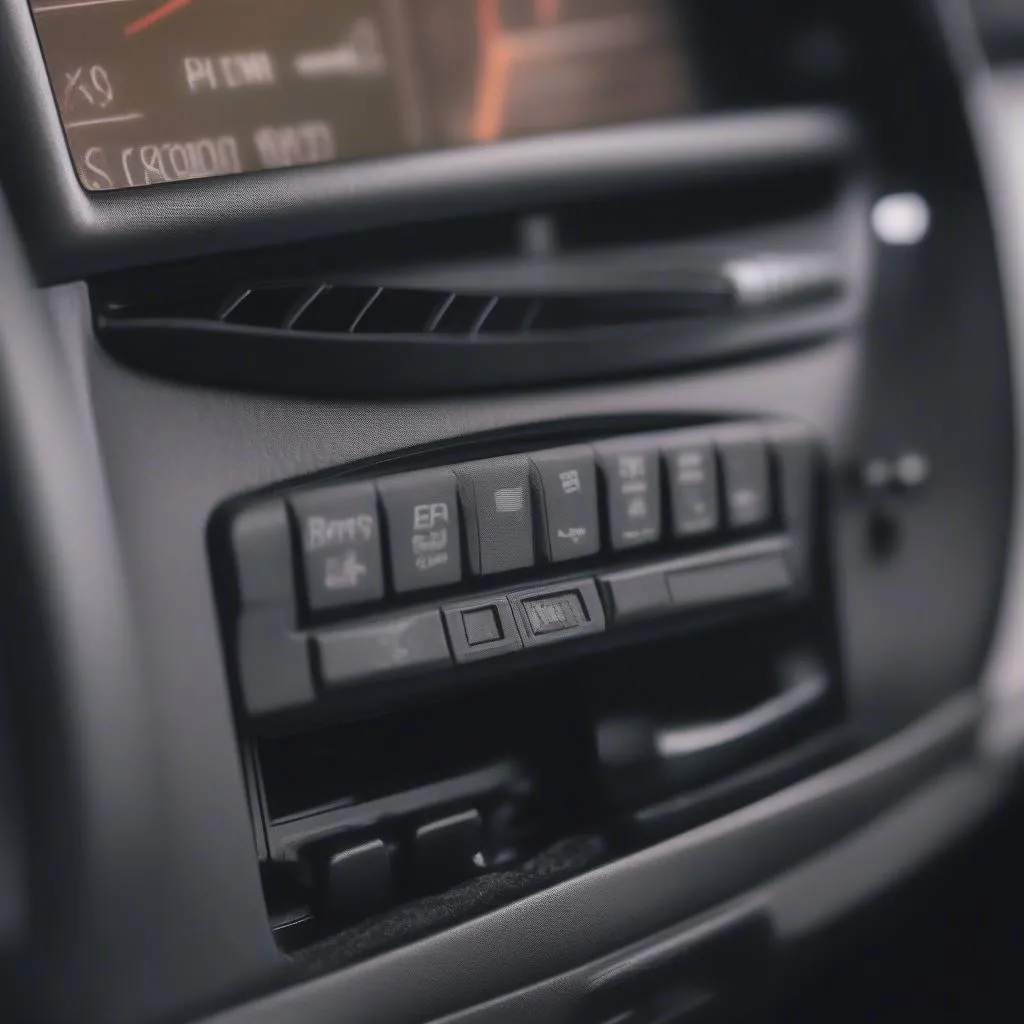Imagine this: you’re cruising down a California highway in your sleek 1996 BMW E39, feeling the wind in your hair. Suddenly, the “Check Engine” light illuminates, and a sense of dread washes over you. You’re not sure what’s wrong, but you know it’s time to get it diagnosed.
This is where OBD comes into play. OBD, short for On-Board Diagnostics, is a system that monitors your vehicle’s performance and helps identify potential problems. For your E39, understanding OBD can be a lifesaver, especially for troubleshooting those pesky engine codes that pop up from time to time.
What is OBD and why is it important?
OBD is essentially a self-diagnostic system built into your car. It monitors various sensors and components to ensure your E39 is running smoothly. Think of it as a sophisticated “health checkup” for your car. The information collected by OBD is stored in a dedicated module called the Electronic Control Unit (ECU).
How does OBD work?
OBD works by using sensors to monitor critical parameters such as engine speed, fuel mixture, oxygen levels, and more. If any of these parameters deviate from the predefined range, the ECU stores a “code” that indicates the potential problem.
The Importance of OBD for your E39:
- Early Problem Detection: OBD helps you identify problems early before they escalate into major issues.
- Precise Diagnostics: OBD provides detailed information about the problem, allowing for targeted repairs.
- Cost-Effective Solutions: Diagnosing problems early can often prevent costly repairs down the line.
- Peace of Mind: Knowing your car is being monitored provides a sense of security and confidence on the road.
E39 1996 Obd: The Details
The 1996 BMW E39 is equipped with OBD-II, the second generation of On-Board Diagnostics. Here’s what you need to know:
- OBD-II Connector: Your E39 has a standard OBD-II connector located under the dashboard, typically near the steering column.
- Protocol: The E39 uses the ISO 9141-2 protocol, which is common among many European vehicles.
- Diagnostic Tools: You’ll need a compatible OBD-II scanner to read the codes stored in your E39’s ECU.
 OBD-II Connector on BMW E39
OBD-II Connector on BMW E39
Connecting an OBD Scanner to Your E39:
- Locate the OBD-II connector: As mentioned earlier, it’s usually found under the dashboard.
- Plug in your OBD-II scanner: Ensure your scanner is compatible with the ISO 9141-2 protocol.
- Turn the ignition key to the “ON” position: You don’t need to start the engine.
- Follow the instructions on your scanner: Most scanners have intuitive interfaces and will guide you through the diagnostic process.
Frequently Asked Questions about E39 1996 Obd:
Q: Can I use a generic OBD scanner on my E39?
A: While a generic OBD-II scanner can work, you might find that it doesn’t support all the functions or codes specific to your E39. For more comprehensive diagnostics, you might want to consider a European car-specific scanner like the “Dealer Scanner”.
Q: What kind of codes will I see on my E39?
A: You’ll see various codes, but they’re often classified as either “generic” or “manufacturer-specific.” Generic codes are universal and apply across many vehicles, while manufacturer-specific codes are specific to your BMW.
Q: What does a “P0171” code mean on my E39?
A: A “P0171” code indicates a lean condition, which could be caused by a faulty oxygen sensor, fuel pressure regulator, or even a vacuum leak.
Q: Where can I find a list of E39 OBD codes?
A: There are many online resources like “OBD-Codes.com” that provide comprehensive lists of OBD codes and their descriptions.
Q: Can I reset the “Check Engine” light myself?
A: You can reset the “Check Engine” light using your OBD-II scanner, but it’s important to understand that this only clears the stored code. The underlying problem needs to be addressed to prevent the light from reappearing.
Common E39 OBD Problems:
- Oxygen Sensor Issues: E39s are prone to oxygen sensor failures, often resulting in codes related to fuel mixture issues.
- Crankcase Ventilation System: This system can clog, leading to codes associated with emissions problems.
- Vanos System: The Vanos system, responsible for variable valve timing, can malfunction, causing issues with engine performance and codes.
- Ignition System: Worn spark plugs or faulty ignition coils can trigger misfire codes.
 BMW E39 Engine Bay with OBD-II Connector
BMW E39 Engine Bay with OBD-II Connector
Tips for Troubleshooting E39 OBD Codes:
- Consult a Repair Manual: A detailed repair manual specific to your E39 can provide valuable insights into the diagnostic process.
- Seek Expert Assistance: If you’re not confident in your mechanical skills, it’s best to consult a qualified BMW mechanic.
- Consider a “Dealer Scanner”: These specialized scanners provide more comprehensive diagnostics and can help you identify the root cause of the problem.
- Use a Reputable Online Resource: Websites like “OBD-Codes.com” offer detailed information on OBD codes and their potential causes.
E39 OBD: Your Key to a Happy Driving Experience
By understanding the basics of OBD and using the right tools and resources, you can confidently diagnose and address potential problems in your 1996 BMW E39. Remember, early detection is key to keeping your car running smoothly and preventing costly repairs.
Need Help?
If you’re struggling with a tricky OBD code or need help diagnosing your E39, we’re here to help! Our team of experienced BMW mechanics can provide you with expert advice and support. Don’t hesitate to contact us via WhatsApp: +84767531508. We’re available 24/7 to assist you with all your E39 OBD needs!
Disclaimer: The information provided in this article is for general knowledge and informational purposes only, and does not constitute professional advice. We strongly recommend consulting a qualified BMW mechanic for any diagnostic or repair needs.
